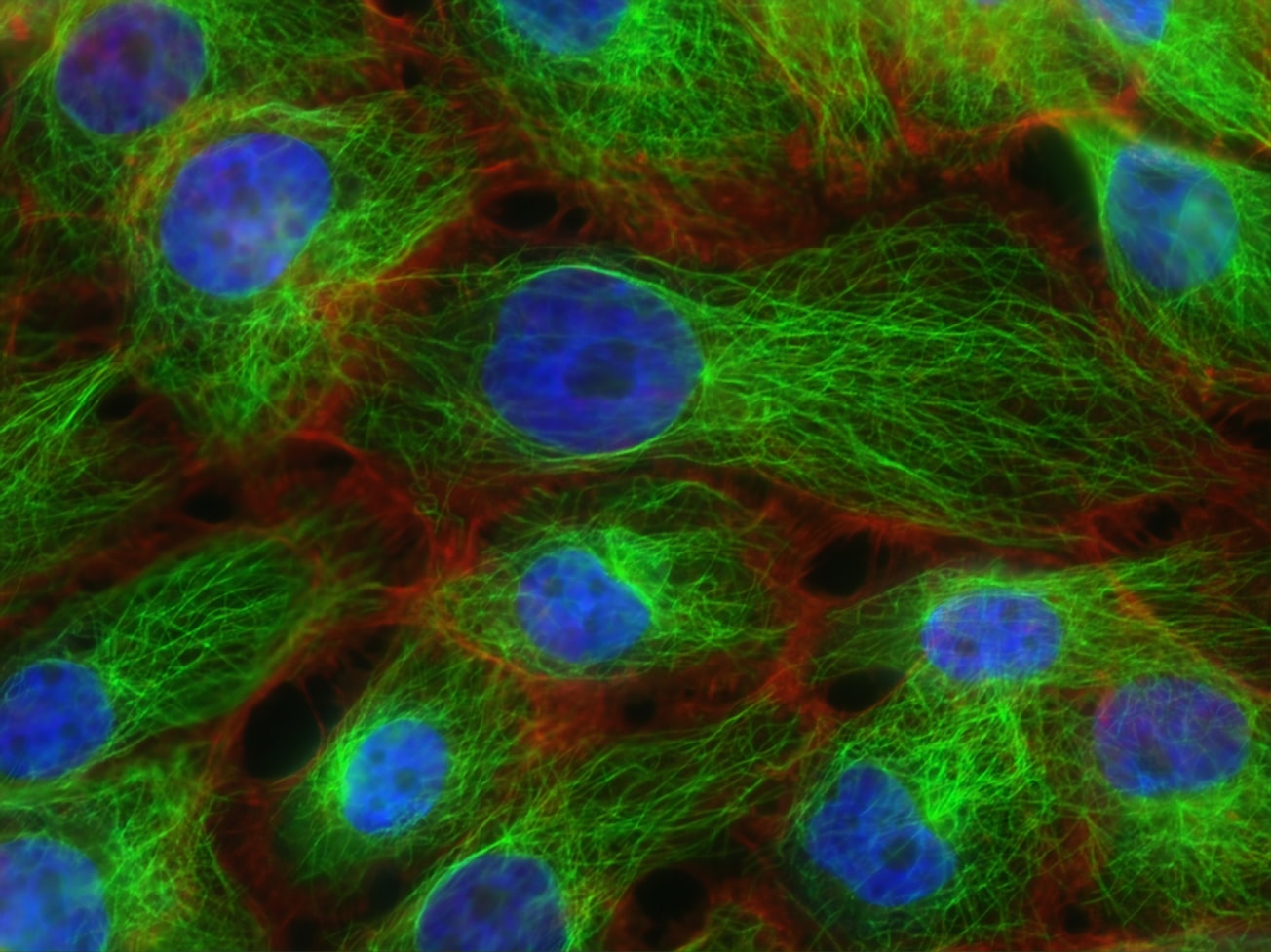What is it about?
Morphogen gradients are crucial for the development of organisms. The biochemical properties of many morphogens prevent their extracellular free diffusion, indicating the need of an active mechanism for transport. The involvement of filopodial structures (cytonemes) has been discovered for morphogen signaling. Here, we describe an in silico model based on the main general features of cytoneme-meditated gradient formation and its implementation into Cytomorph, an open software tool. Our results illustrate Cytomorph as an adaptive tool to test different morphogen gradients and to generate hypotheses that are difficult to study experimentally. In particular, we have tested the spatial and temporal adaptability of our model quantifying Hedgehog (Hh) gradient formation in two Drosophila tissues. Cytomorph is able to reproduce the gradient and explain the different scaling between the two epithelia. After experimental validation, we studied the predicted impact of a range of features such as length, size, density, dynamics and contact behavior of cytonemes on Hh morphogen distribution.
Featured Image

Photo by National Cancer Institute on Unsplash
Why is it important?
The developed software tool, Cytomorph, is an adaptive tool to test different morphogen gradients and to generate hypotheses that are difficult to study experimentally.
Perspectives
Cytomorph is an computational tool that can facilitate the study of cytoneme-dependent morphogen gradients, besides being able to generate hypotheses about aspects that remain elusive to experimental approaches
Dr. Adrian Aguirre-Tamaral
Centro de biología molecular Severo Ochoa
Read the Original
This page is a summary of: Improving the understanding of cytoneme-mediated morphogen gradients by in silico modeling, PLoS Computational Biology, August 2021, PLOS,
DOI: 10.1371/journal.pcbi.1009245.
You can read the full text:
Resources
Contributors
The following have contributed to this page







